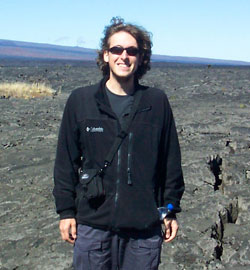I’m always somewhat ambivalent about the kind of story I saw today on Kangla Online about how some farmers in Senaputi district in north-eastern India are taking up the cultivation of Stevia. This is a South American herb in the Asteraceae which is widely cultivated around the world as the source of an alternative to artificial sweeteners.
On the one hand, it is always good to see farmers diversifying and experimenting, including with exotic crops. On the other, you wonder whether there isn’t a local – and locally used – species that might have been promoted and commercialized in this way. And will the money farmers raise from Stevia be sufficient to buy them and their families the nutritious food they will no longer be growing on their land?
 The recent paper showing that climate change threatens the wild relatives of crops received quite a bit of attention yesterday, being as how it was
The recent paper showing that climate change threatens the wild relatives of crops received quite a bit of attention yesterday, being as how it was